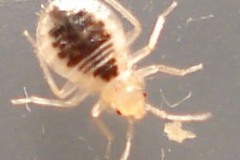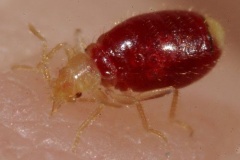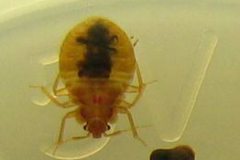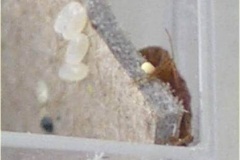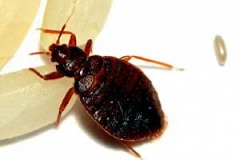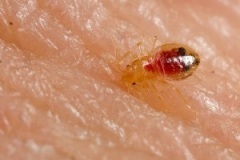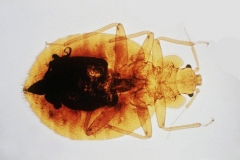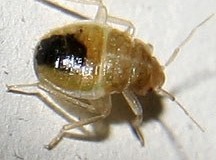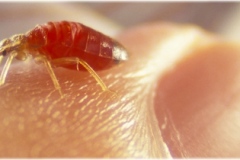Product InformationAbout CrossFire
CrossFire is the result of years of development by MGK. It's the first liquid concentrate designed and labeled specifically to kill bed bugs. The result is a kast knockdown and kill with direct spraying, plus residual control. CrossFire targets all bed bug life stages and is specifically formulated to kill pyrethroid-resistant bed bug strains.
To use CrossFire in a bed bug treatment, mix 13 ounces in a gallon of water. Start with a half gallon of water in your spray tank, measure out and pour in the CrossFire concentrate, then add the other half to start agitating the mixture. Shake the tank to make sure it mixes thoroughly and you're ready to go.
Apply CrossFire to cracks and crevices, like on or around baseboards, floorboards, bed frames, headboards, furniture, door and window frames, closets, beneath floor coverings, and the edges of the carpet. CrossFire can also be applied directly to the seams and folds of your mattress and box spring. Spray until the fabric is damp but not wet, and wait for the bed to dry before you put your linens back on. Make sure that you read and follow the product label and MSDS for safe and effective usage.
5/5stars
Third time I ordered. No problem at all for a month after first supply. Second order, six weeks or more. Third order I am hoping to be free of problems. Regardless, no other product even comes close over long period of time. thank you.
Reviewed by:pat h from ohio.
5/5stars
afetr spending over $2000 and still having them d*** bed bugs.....I bought this cross fire Concertrate and no more bed bugs.....This works great.....T/Y B B S
Reviewed by:R Sanders from Arlington Tx.
5/5stars
After getting 2 estimates that just about sent me into a stroke, I started researching a more cost effective way to get rid of these. I have realized that the majority of the cost involves labor moving everything around. Purging your housing is the first thing. As hard as it was to have to throw away sentimental things, living with these things made it easier. I was do confused on what to use to do it myself. If you dig enough, you can find what the professionals use. That being said, I used a combination of Crossfire and Gentrol. I ordered 2 because I knew I was going to do a second application in a month. Well, I didn't take any chances, going with the theory that more is better.I ended up using a whole bottle upstairs and a whole bottle downstairs. I came back a couple hours later and dead bugs. Haven't see a one since but plan on doing a follow up in a month with just using 1 bottle for upstairs and down.
Reviewed by:Lynda Daggs from Keokuk, iowa.
5/5stars
works on contact, going to buy more
Reviewed by:james from Hollywood.
5/5stars
Seems to be adequate product. Does as good as any other product on bedbugs. But low odor is a big plus!
Reviewed by:Arlis Spearman from Arkansas .
4/5stars
Good product
Reviewed by:Roger Johnson from Chicago.
4/5stars
This did better than the last product i bought (temprd sc). It is diffently working.
Reviewed by:Lisa mault from Lima.
5/5stars
The best bed bug product I have used
Reviewed by:Roger from Chicago .
5/5stars
This product contains the 2 insecticides for immediate and long-term extermination that bedbugs are not resistant to.
Reviewed by:Craig Crawford from Dayton.
5/5stars
It is an expensive product, but if it actually works, it will be worth it.Product was packaged well and product was delivered in a timely manner.
Reviewed by:Catrina from Burns.
Read more here:
CrossFire Bed Bug Concentrate (Residual Spray)

 Residence
Residence  Location
Location 


